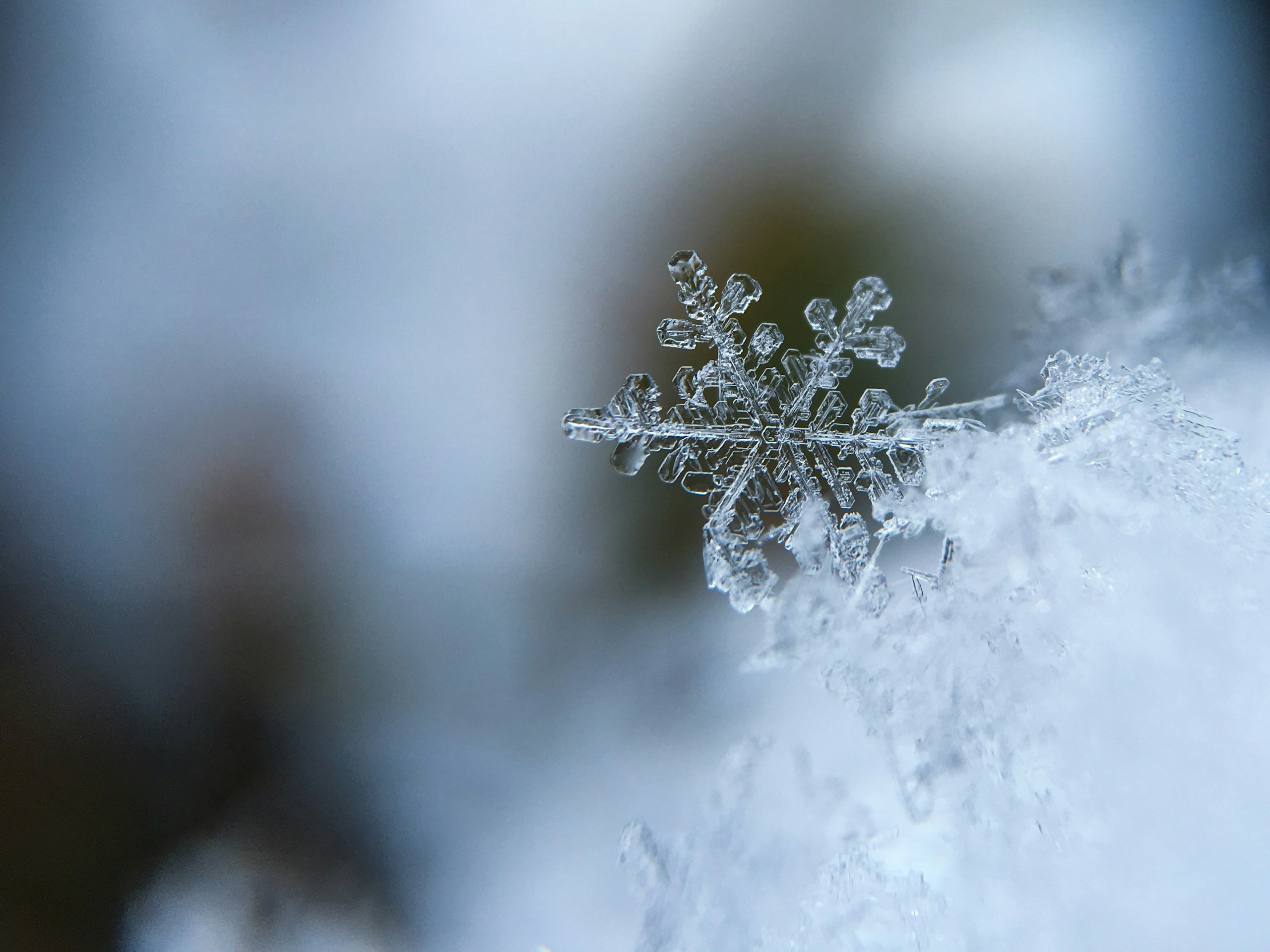
Salting side-walks and roads is important in the winter to prevent wipe-outs, but can be extremely harmful to our trees. Salt (especially the kind that contains sodium chloride) can cause long-term damage to not only our trees, but also most vegetation. Here are some tips on how to prevent damage from happening:
- Use an alternative. Instead of harmful salts, try using natural alternatives such as gravel or sand.
- Create a barrier. While we don’t have control of the roads being salted by the city, burlap, fencing and other barries can help protect our trees. You could even go as far as wrapping the tree’s base.
- Shovel strategically. When shovelling, be mindful where your snow piles are landing. Be sure not to dump snow piles containing salt onto or near any roots or trees.
- Water the ground. As soon as snow starts to melt, water the ground to dilute any salt buildup.
- Spray your tree. Anti-desiccants are used to shield evergreens from winter damage, and will increase the odds against any salt damage.
Now, let’s explore what salt damage looks like. The best time to spot damage is at the end of the winter or early spring. Pay special attention to the trees that border roadsides and sidewalks, which if damaged, will have browning and dying leaves, wilting branches or stunted growth. If you notice symptoms of salt damage, book a consultation as soon as possible, or get a free estimate by using the form below.

